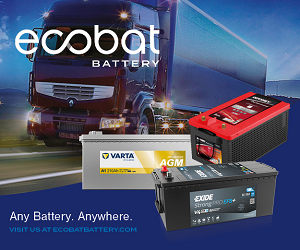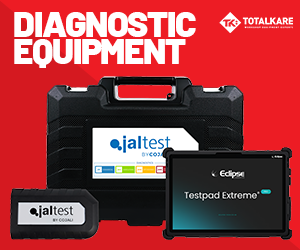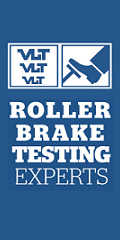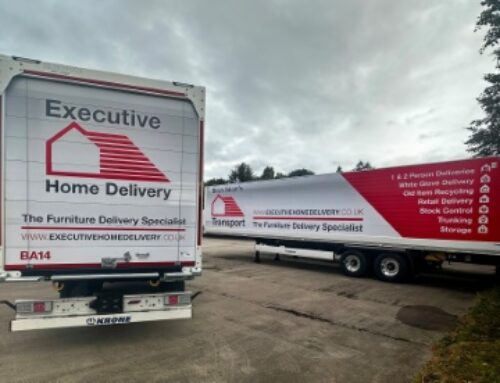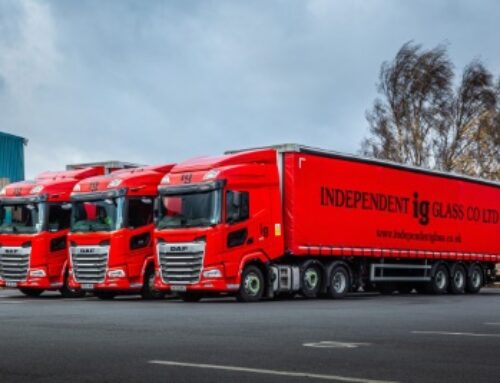Spotlight on trailer brake cylinders
 Lee Harris, Parts Specialist at Diesel Technic, discusses five things UK operators should know
Lee Harris, Parts Specialist at Diesel Technic, discusses five things UK operators should know
Safe braking isn’t something that can be taken for granted, and trailer brake cylinders are central to both vehicle safety and uptime. They perform two vital roles in one: applying the service brake while driving, and keeping the vehicle securely parked when stationary.
My Parts Specialist colleague, Lars, has put together a detailed PS Tips video (available on the Diesel Technic Group YouTube channel) on the design and function of brake cylinders and spring-applied brake cylinders. Here are some of the key take outs, our top tips on installation, maintenance and error prevention.
1. Two brakes in one
Spring-loaded brake cylinders are divided into two functional sections: the service brake and the spring brake located underneath it. The spring-loaded brake cylinders are usually installed on the rear axle.
“The central component is the push rod, which is triggered by the brake cylinder and activates the mechanical braking effect,” explains Lars.
In the upper part of the spring storage unit, there is a strong metal spring that acts on the actuating plate. Compressed air is fed into the container below via connection 12. This compressed air lifts the spring plate upwards against the spring force, which also pushes the push rod upwards – the brake is released in this position.
“When the compressed air is vented from the chamber, the spring pushes the spring plate down again. At the same time, the push rod is moved downwards, activating the brake”, adds Lars.
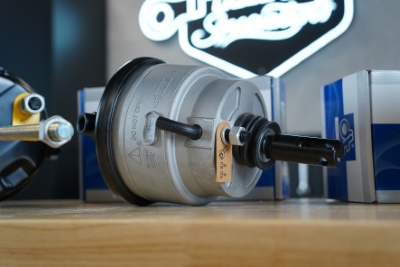 Braking with the service brake is triggered via the connector 11. The push rod is activated by a diaphragm via an actuator plate. The service brake is activated for braking while driving. It is therefore used when the spring accumulator section is in the released position.
Braking with the service brake is triggered via the connector 11. The push rod is activated by a diaphragm via an actuator plate. The service brake is activated for braking while driving. It is therefore used when the spring accumulator section is in the released position.
2. Different designs
Diesel Technic offers over 35 items in the brake cylinder section of the Partner Portal, and in addition to the classic design, there are also other models available. These include the service brake cylinder and a cylinder with additional connections. There are also variants with a long threaded push rod – ideal for individual adjustments.
“A further option is a more compact mechanism in which a short actuating piston serves as the trigger element instead of a push rod,” explains Lars.
Each cylinder carries a label showing the correct tightening torques. It’s a small but important detail, helping avoid leaks, stripped threads and premature failures.
3. Emergency release devices can save the day
In the event of a breakdown or compressed air failure, the brake can be manually tensioned using the push screw. The internal spring is mechanically tensioned, releasing the brake.
“It is important not to use a hammer drill, as this can damage the internal mechanism,” warns Lars. An alternative emergency solution, which is often installed in trailers, consists of an actuator unit screwed onto the side and fixed to the housing. It is then removed to extend the push rod. On some trailers, a separate actuator unit is bolted to the housing. Removing it extends the push rod, providing another way of moving the trailer when air supply is lost.
4. Typical error patterns
Here are some of the most common error patterns to look out for:
- The pipes are marked with the numbers 11 and 12. When connecting them, it is essential to ensure that they are correctly assigned. Marking the pipes during removal makes it easier to install them later and prevents mix-ups. The installation must be carried out using the correct torque to prevent leaks and mechanical damage.
- Take care of the membrane thickness: There are different versions that need to be picked based on the vehicle type and where it’ll be used.
- Please check the sleeves for damage, as water can penetrate through leaks, impairing their function.
- After replacing the brake components, the brake settings must always be checked and readjusted if necessary.
- Internal leaks can lead to permanent venting, so it is also essential to check the spring-loaded brake cylinder.
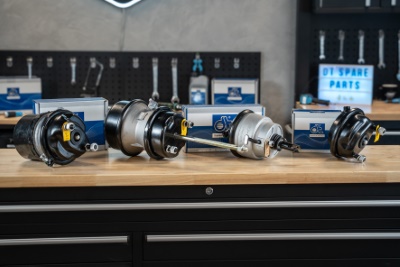 5. Support and parts availability
5. Support and parts availability
Through the Diesel Technic Partner Portal, operators have access to more than 500 brake-related items. The components are suitable for brands such as DAF, Iveco, MAN, Mercedes-Benz, Renault, Scania and Volvo, to name just a few.
And if anyone in the workshop is unsure, help is at hand. Our Parts Specialists are available via the dedicated HelpDesk service (URL below).
Brake cylinders may not attract much attention, but they’re the foundation of trailer safety. By fitting quality parts, tightening to the correct torque and taking a few extra minutes to double-check settings, fleets can avoid costly downtime and keep trailers safe on the road.



